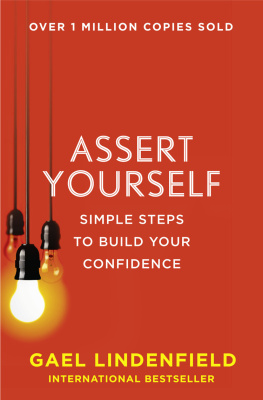Contents
Guide

Note/Disclaimer
Trigger encourages diversity and different viewpoints, however, all views, thoughts, and opinions expressed in this book are the authors own and are not necessarily representative of Trigger as an organisation.
All material in this book is set out in good faith for general guidance and no liability can be accepted for loss or expense incurred in following the information given. In particular this book is not intended to replace expert medical or psychiatric advice. It is intended for informational purposes only and for your own personal use and guidance. It is not intended to diagnose, treat or act as a substitute for professional medical advice. The author is not a medical practitioner nor a counsellor, and professional advice should be sought if desired before embarking on any health-related programme.

To Stuart, my husband, whose unfailing support and consistently positive outlook underpins my own morale and has helped me through so many difficult times.
First published in Great Britain 2020 by Trigger
Trigger is a trading style of Shaw Callaghan Ltd & Shaw Callaghan 23 USA, INC.
The Foundation Centre
Navigation House, 48 Millgate, Newark
Nottinghamshire NG24 4TS UK
www.triggerpublishing.com
Text Copyright 2020 Gael Lindenfield
All rights reserved. No part of this publication may be reproduced, stored in a retrieval system, or transmitted in any form or by any means, electronic, mechanical, photocopying, recording or otherwise, without prior permission in writing from the publisher
British Library Cataloguing in Publication Data
A CIP catalogue record for this book is available upon request from the British Library
This book is also available in the following e-Book formats:
ePUB: 9781789562019
Gael Lindenfield has asserted her right under the Copyright,
Design and Patents Act 1988 to be identified as the author of this work
Cover design by Georgie Hewitt
Ebook done by Geethik Technologies
CONTENTS
INTRODUCTION
I am writing this at what is, for many of us, collectively, the most challenging time that we will experience in our lifetimes. The world is currently in lockdown due to the COVID-19 pandemic and people across the globe are at home, isolated from their loved ones and uncertain about what the future holds in terms of their health, career, finances and relationships. This situation has brought many of the issues covered in this book into sharp focus. For some, stuck at home with no connection to the outside world, this is a time of great loneliness and isolation, where reaching out and making connection seems impossible. For others, being trapped in close proximity with spouses, partners, family members or housemates, has its own challenges, with the usual irks and gratings of co-habitation being magnified ten-fold by the inability to escape and reclaim headspace. Many others are struggling financially, having lost their jobs or having had business opportunities go by the wayside. Others still are sick with worry about their loved ones, who they can no longer visit and care for at risk of spreading the disease. The list goes on.
The bulk of this book was written before the spread of the pandemic, and though in a few short weeks the world has changed to a remarkable degree, the messages and lessons you will find within these pages are more relevant than ever. When planning this book, I wanted to create an easily digestible manual of tips and tools aimed at specifically addressing low morale during tough times. It seemed to me that when tackling these issues, the negative influences that sap at our confidence and sense of self-worth can be split into two distinct halves: internal and external. With that in mind, this book has two parts; part one looks at our inner life and covers everything from mastering the negative voices in our heads to understanding our deep emotional triggers so that we can recognise and avoid issues before they arise. The second half of the book looks at our outer life and the external influences that can chip away at us on a daily basis. This section covers everything from our immediate environment and how it can be changed to positively impact on our mood to the food that we eat, our relationships both personal and professional, overcoming financial worries and harnessing our creativity as an outlet for stress and negativity.
With any luck, by the time that this book comes out the world will be a more positive place and we will have learned from this troubling time. Whatever the situation, my deepest hope is that this book will help you see through to clearer skies ahead and that the information contained within these pages will help you weather the storm and let the sunshine in once more.

1:1
GETTING TO KNOW YOURSELF
In times of great stress, the cacophony of voices and opinions can seem deafening, and it can be hard to take stock of your own thoughts and feelings against this onslaught. At times like these you need to step back, take a deep breath and focus on your voice inside your head before you are able to take anyone elses opinions on board. Being aware of your own feelings will also allow you to recognise potential triggers and quell rising emotions before they escalate into a crescendo. The exercises in this chapter will help you find your inner voice and give your feelings space to form before taking those of others on board.

PLAY TO YOUR STRENGTHS
When I dare to be powerful, to use my strength in the service of my vision, then it becomes less and less important whether I am afraid.
Audre Lorde, poet
We all have our own unique package of personal strengths, and one of the big secrets of confident people is that they know precisely what is in their package and how to use each strength to advantage in any given situation. In contrast, people who lack confidence are super-aware of their weaknesses and spend most of their energy on either attempting to improve these or hide them.
Your self-confidence has probably been rocked by whatever problem you have right now. You need to give it some boosts. This exercise will help by reminding you how you can use your strengths to help you in this situation. If you struggle to come up with enough examples of your strengths, seek help from a good friend immediately. It is crucial to confidence to be able to keep your best inner resources at the forefront of your mind.
List three to six of your personal strengths in each of the categories listed on the following two pages and beside each one note down how they could help get you through this difficult period. The examples will give you an idea of how to do this exercise, but remember that your strengths may be very different (although no less useful).
My innate talents and aptitudes

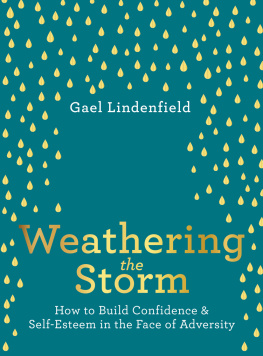
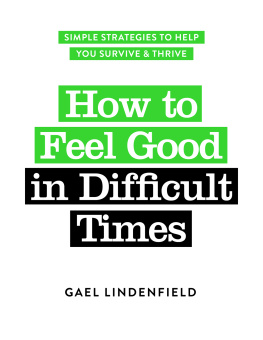
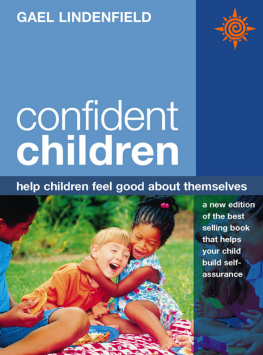
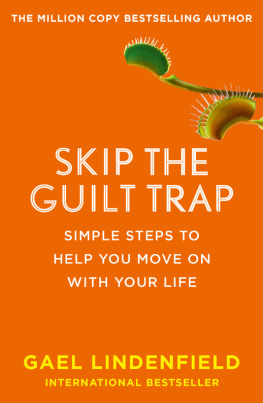
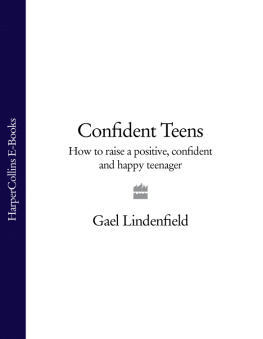
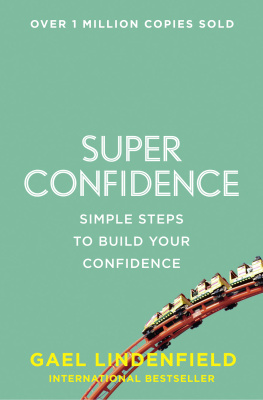


![Lindenfield - Emotional confidence : [simple steps to build your confidence]](/uploads/posts/book/119303/thumbs/lindenfield-emotional-confidence-simple-steps.jpg)

